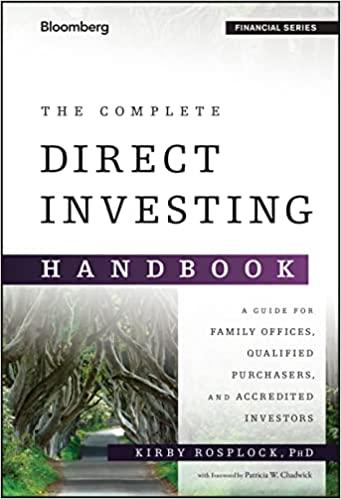The difference between the swap rate and the rate on a Treasury security of the same maturity is called the a. swap spread b. risk
The difference between the swap rate and the rate on a Treasury security of the same maturity is called the
a. swap spread
b. risk premium
c. swap basis
d. settlement spread
e. LIBOR
Interest rate swap payments are made
a. on the last day of the quarter
b. on the first day of each month
c. at whatever dates are agreed upon by the counterparties
d. on the 15th of the agreed-upon months
e. on the last day of the month
The underlying amount of money on which the swap payments are made is called
a. settlement value
b. market value
c. notional amount
d. base value
e. equity value
The most basic and common type of swap is called
a. basis swap
b. plain vanilla swap
c. plain paper swap
d. commercial swap
e. bond swap
An interest rate swap with both sides paying a floating rate is called a
a. plain vanilla swap
b. two-way swap
c. floating swap
d. spread swap
e. basis swap
Consider a swap to pay currency A floating and receive currency B floating. What type of swap would be combined with this swap to produce a swap to produce a plain vanilla swap in currency B. [This should also create a plain vanilla swap in currency A.]
a. pay currency B floating, receive currency A fixed
b. pay currency B fixed, receive currency A floating
c. pay currency B fixed, receive currency A fixed
d. pay currency B floating, receive currency A floating
e. none of the above
For a currency swap with $10 million notional amount, the notional amount in British pounds if the exchange rate is $1.55 is (approximately)
a. ?11.55 million
b. ?15.5 million
c. ?10 million
d. ?6.45 million
e. none of the above
Step by Step Solution
There are 3 Steps involved in it
Step: 1

See step-by-step solutions with expert insights and AI powered tools for academic success
Step: 2

Step: 3

Ace Your Homework with AI
Get the answers you need in no time with our AI-driven, step-by-step assistance
Get Started


